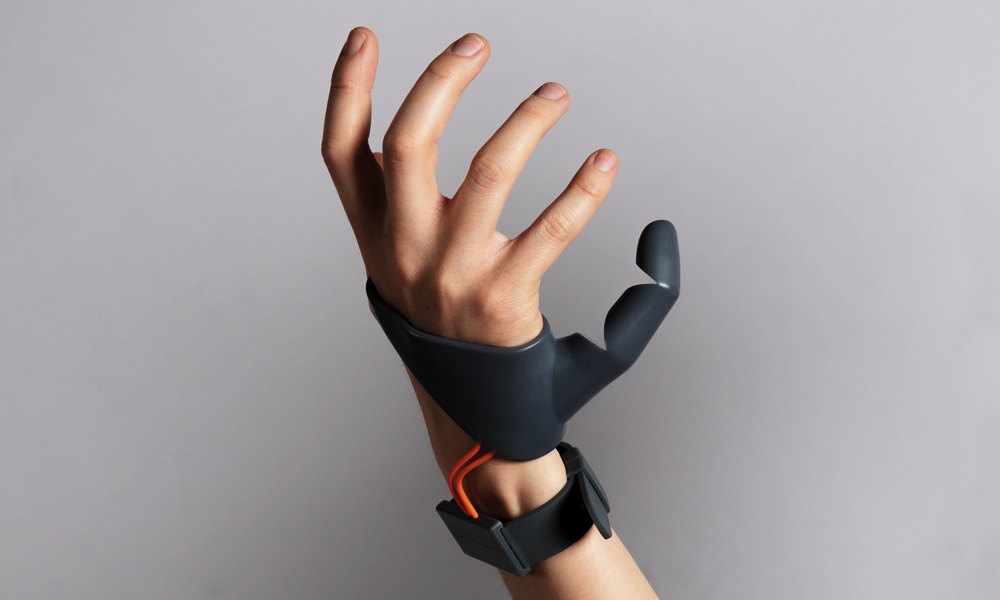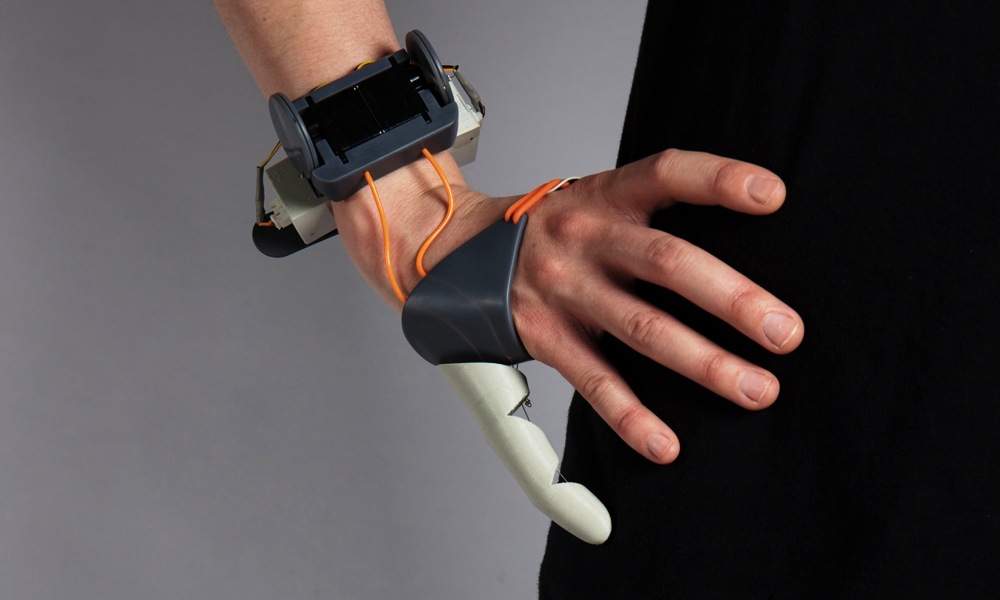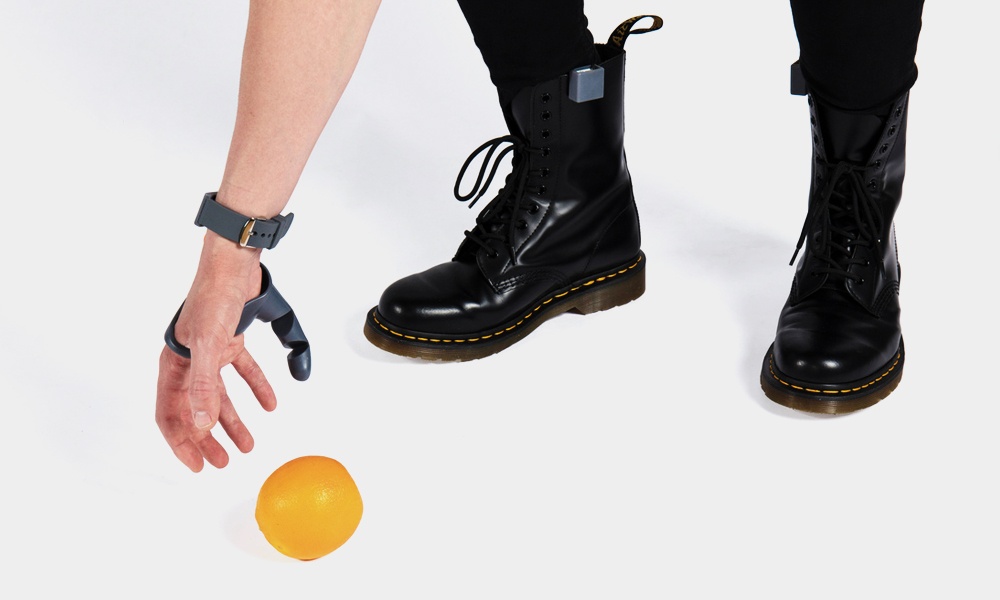Artificial human augmentation has to start somewhere, so the thumb must be as good a place as any. The Third Thumb comes from the mind of Dani Clode, who designed it to be one of the first prosthesics for non-amputees. Kind of how tons of video games feature ways to change or strengthen your body, regardless of how many of your original limbs you still have. The Third Thumb is meant to remind people of the original meaning of prothesis, which was something that extended or built upon, rather than replaced. In that, the Thumb succeeds, because it’s something that you strap onto the other side of your hand to give one of your hands two thumbs. So don’t let the fact that the Thumb doesn’t actually add a whole lot to hand functionality stop you. It’s not supposed to. It’s just supposed to reframe how we think about artificial body parts and remind us that human augmentation isn’t something relegated to gaming.
More Gear

The Coolest Tech Gifts for 2025
Be sure to use ChatGPT to write the card.

The Coolest EDC Gifts for 2025
These everyday carry essentials are too good to be stocking stuffers.

When in Doubt, Give Nike
Because Everyone Looks Good in the Gift of Sport



